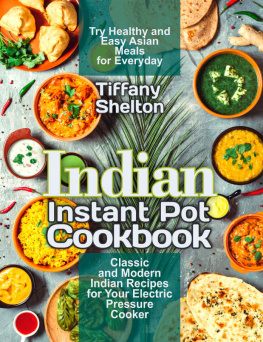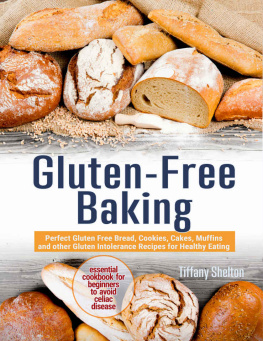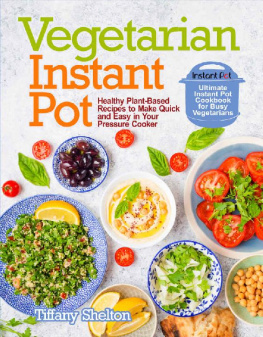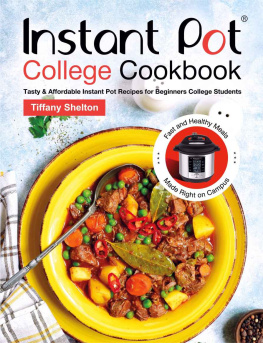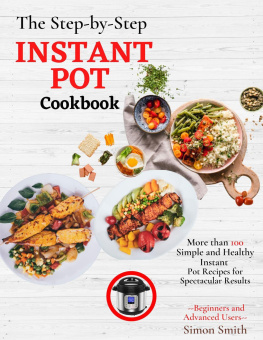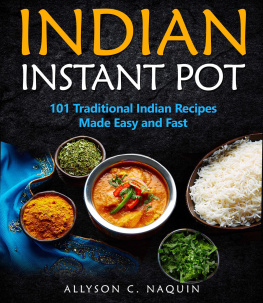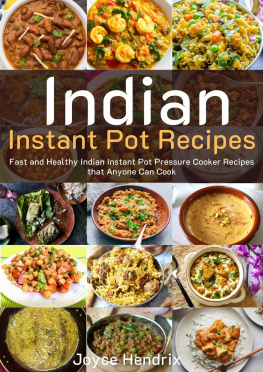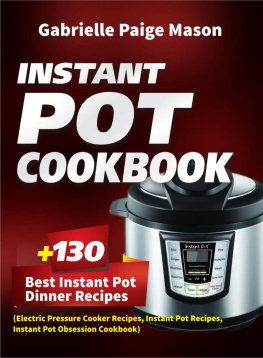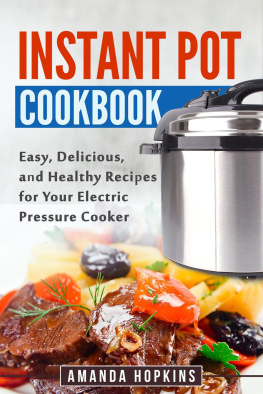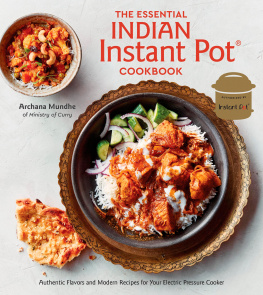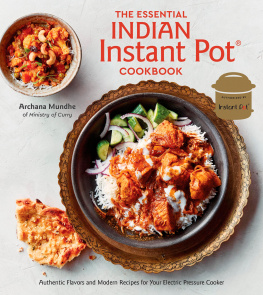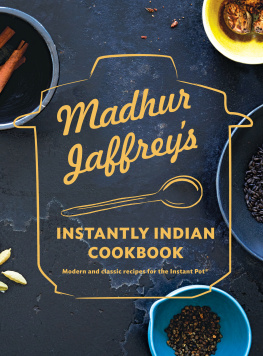I ndia is a special corner of the world with its unique food culture. Lets be honest, you adore that Indian delivery with its Chicken Curry or Shrimp Biryani Rice. Have you ever thought what makes these dishes so tasty that you want one more bite of it? The secret of the great success of Indian food is the harmony of spices and other ingredients. It is possible thanks to the special techniques of cooking that require a lot of time and effort. It may be difficult but its not, when its cooked in Instant Pot!
Instant Pot will help to cook the yogurt, delicious aromatic curries, any kind of beans and rice at the same time. The little helper gives a perfect texture to your ingredients and provides a lot of benefits for your health. But most importantly it creates an authentic dish with deep taste and flavor by fully revealing the traditional spices. Sounds good, doesnt it?
As you can see, Instant Pot changes all the rules of Indian food, making one of the most demanding cooking techniques possible for every kitchen, and you dont even need to spend your time on it! So let our book to be your guide while opening the magnificent culinary world of such a mysterious country like India.
CHAPTER 1. The Basics of Indian Cooking (Terms and Techniques)
Terms
Indian cuisine might be difficult for beginners at first sight; not only because of the vast variety of dishes, but because of the enormous number of unknown Indian words. Of course, the Internet makes everything easier, but still, its better to know at least the main titles and definitions of the foreign country.
A
Aloo potato
Aloo papri chat crisp poori stuffed with chickpeas and potatoes and served with a sour sauce with spicy yogurt
B
Bhajia (or Bhaji) vegetable snacks in a spicy batter, deep-fried; onions and potatoes are served with spicy chutney
Bharta cooked and pureed dish
Bhatura round, lightly leavened and deep fried bread
Bhindi okra, ladyfingers
Bhuna gosht a spicy dish from lamb
Biranj rice
Biryani a dish of rice and seafood, chicken or meat in a marinade made from onions, lemon juice, ginger, garlic, and yogurt
C
Channa chickpeas
Chapati round, thin, unleavened bread baked from whole-meal flour
D
Dal (Dahl) lentils
G
Garam masala popular Indian spice mixtures without turmeric
Ghee clarified butter; the purest food in India because it's a cow product, it makes the dish better with a rich, buttery taste
Gosht lamb
K
Korma powder or aromatic spice, with white pepper instead of chilli powder and used in mild curries cooked with yogurt
M
Masala (masaladar) means spices
Mughlai method of cooking using cream, yogurt, almonds and pistachios
Meetha dessert
Murgh chicken
P
Palak paneer cubes of cottage cheese simmered in spinach gravy, flavored with fenugreek and spices
Pilau (or pulao) ghee stir-fried rice then cooked in stock, goes with fish, meat or vegetables
Poori whole-wheat bread fried in ghee, and puffed into a ball; served with vegetarian foods, particularly dal (lentil), potato and bean dishes (cooked pooris can be stuffed with hot curried fillings as a quick snack)
S
Saag spinach
Sev poori crisp poori piled with potato and onions and sweet and sour sauce and with sev (vermicelli)
T
Tamarind tree producing flat fruit, often made into a chutney as a dip for deep-fried snacks and the juice is used extensively in Southern Indian food
Tandoor clay oven used for roasting meats and baking bread
Tikka small pieces of meat (chicken or lamb) served as an appetizer

Techniques
India is a large country with a unique culture and traditions. We can divide India into four regions: North, South, East, and West India. There are several states in every region and each state has its exclusive recipes and methods of cooking. Its impossible to describe all the diversity of Indian food at once, but we always can try to get it to know it better. At first, lets see the most popular and traditional ways of cooking food all over India.
Tadka or Baghar
It is the process of tempering. It includes blooming spices in hot ghee to get deeper flavor and taste to food. This method is used to enrich the flavor of vegetables, daals, rice, dhoklas, and other dishes. Depending on the type of food, you need to adjust the cooking time. For example, for vegetable dishes, tadka is done at the beginning, whereas with daal, it is added on top at the end.
Each region of India has its own version of tadka, but almost always there are whole mustard and cumin seeds. You can recognize the region thanks to the ingredients used. You see onion and garlic? It may be Northern India. There are shredded coconut and curry leaves? Probably, Southern India, spices commonly added include asafoetida and chillis.
How do you cook tadka? At first, heat and melt the ghee, then reduce the heat and add spices. As they bloom, they will turn another color and fill your kitchen with a rich fragrance. You need to add things in the correct order to make a tadka: alliums, whole spices, herbs, powdered spices.
Dum
In Indian dum means breathe in. The main principle is cooking food in its own steam. It can be realized by covering a round, heavy-bottomed pot with a lid and slow-cooking over a low flame. In such a way of cooking, each spice and herbs give the dish their full taste and flavor.
Using a cast-iron oven with a heavy lid in modern cooking is an easy way to seal this sort of dish and simmer it. The old, traditional Indian style of cooking involves sealing a clay pot with wheat flour dough. It helps to trap the steam inside, saving the fragrance of the flavors.
Bhunao
It is similar to Asian stir-frying because you also need to cook at medium-high heat, stirring occasionally. But the main goal is the creation of a thick and spiced paste, which you can use as a base for gravy. Melt the ghee into the pan and add your ingredients (meat or vegetables) with spices. Brown every side, and then pour in some liquid to deglaze. Repeat several times. It helps to not burn all the spices and ingredients. In this way the flavor becomes deeper and aromatic.

